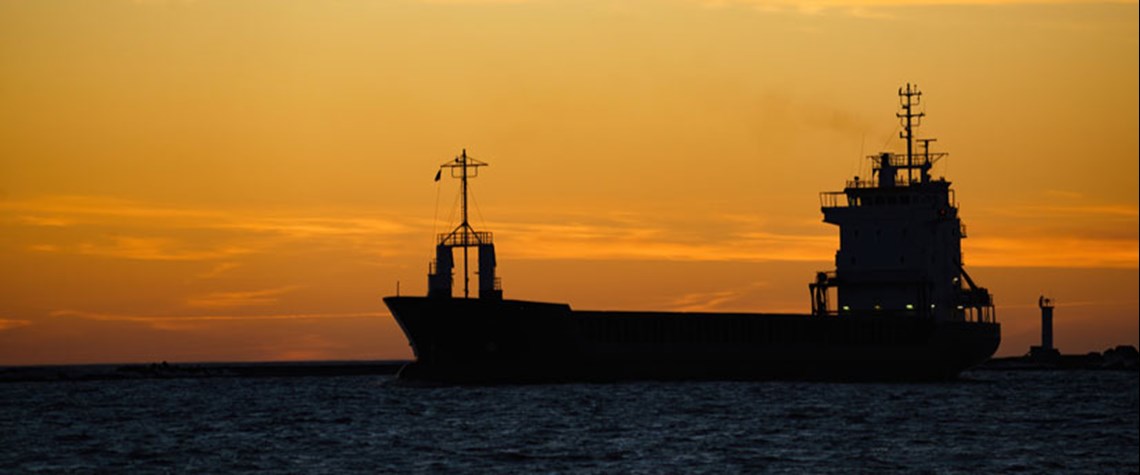The future of e-fuels – part one: Maritime shipping
Price of green ammonia could fall to challenge fuel oil as capex and renewable electricity costs come down
There are a number of e-fuels that could be synthesised from low-carbon hydrogen, but the ones widely expected to perform best in coming decades are the synthetic fuels best suited to decarbonise long-distance maritime shipping and aviation—e-ammonia and e-kerosene respectively. Despite their additional costs, these two e-fuels also are viewed as better options than the use of straight hydrogen in these sectors. This is because of their superior energy density and the high cost of storing liquefied hydrogen on vessels and aircraft. The first part of this two-part series explores the potential of e-ammonia for shipping through 2050 as well as the major barriers it must first overcome. Poten

Also in this section
10 December 2025
Project developer Meld Energy ready to accelerate 100MW project in Humber region after securing investment from energy transition arm of private equity firm Schroders Capital
9 December 2025
BP and Engie abandon large-scale green hydrogen projects in Gulf state as developers in all regions continue to struggle with lack of firm offtake
5 December 2025
European Commission highlights rapid growth of Chinese production this year, as it retains strict procurement rules in latest European Hydrogen Bank subsidy auction
2 December 2025
Oil major cites deteriorating demand and a planning debacle as it abandons one of UK’s largest blue hydrogen projects







